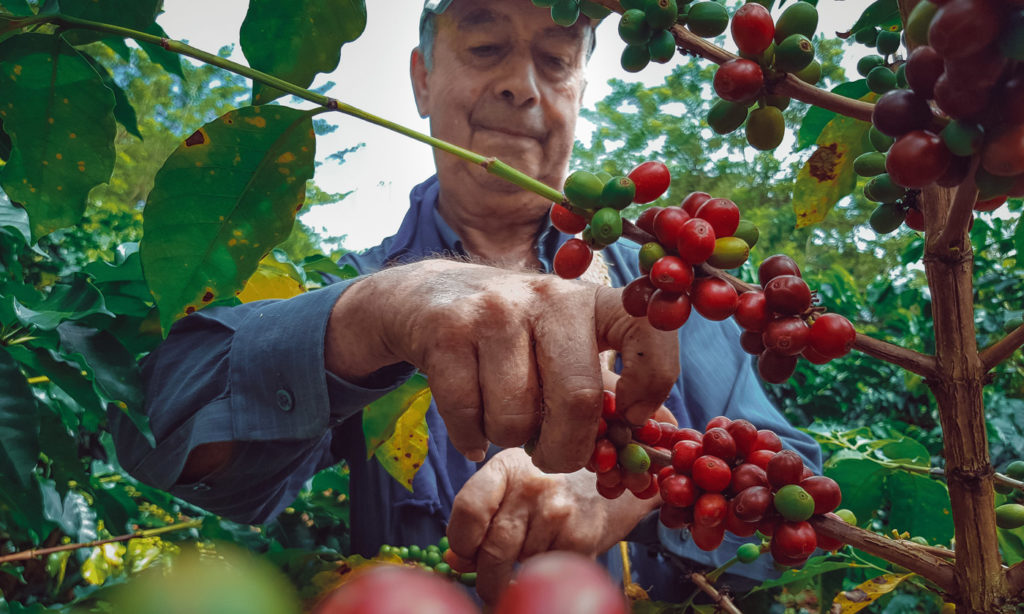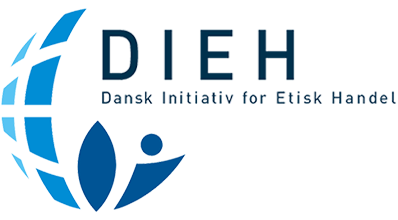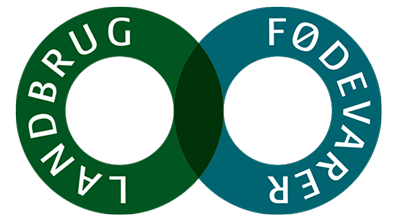Assess risk to people involved in company activities
Risk assessment and human rights in practice
Here you identify risks with regards to negative impacts on human rights within your value chain, and then prioritise where specific action and follow-up must be implemented.
The process of human rights due diligence requires that you assess risks to the people within your value chain – not your company. Put on your human rights glasses and focus on where and how your activities can have a negative impact. Talk to experts and organisations who know about the issues. They are friends who can take a critical look and point to any blind spots.
There are two elements to your risk assessment. First, you develop a risk overview. Second, you prioritise your efforts. For each area you can find more information and specific tools in the sub-pages.
For whom is the company minimising the risk?

Remember to put on your human rights glasses!
In making your risk assessment, you must keep an eye on those affected. This is an exercise requiring some training. Several companies have been successfully involving local unions and NGOs to help identify risks, encompassing everybody from supplier employees, local farmers, fruit pickers, factory workers and cleaning staff to local residents near your production, the people who transport things to and from production, and those who use your products.
Here you can read how Nordic Fruit learned to spot several risks in their ventures with DanChurchAid.

Risk assessment questions
Relevant questions when looking at your value chain through human rights glasses:
– Which individual is affected?
– Which human rights are involved?
– How serious is the negative impact?
– How is it related to your company’s activities?
– What is the probability that rights will be violated?
You are not expected to find the answers to these questions by yourself. Talk to others about it. You might find answers amongst employees, trade unions or NGOs. Look for opportunities to collaborate across sectors. For example, different food and feed companies work together in the Danish Alliance for Responsible Soy to discuss risks such as deforestation or labour rights in the value chain.
How serious is the negative impact?
Use the following criteria in assessing the severity of adverse effects or injury:
- Severity: How serious is the negative impact or harm to humans?
- Scale: How many people may be affected?
- Possible remediation: Can the damage be rectified?
An example of human rights in practice
How does the following right relate to your business?
No one shall be held in slavery or servitude; slavery and the slave trade in all forms must be prohibited.
The employment of seasonal and migrant workers is relatively widespread, particularly in agriculture and the food industry. Therefore, you should examine general recruitment practices in your supplier’s country or region.
Is there a risk that the process is harmful or inappropriate for the people that are being hired?
For example, migrant workers may be forced to pay a large fee in order to get the job. Some will end up being forced to “pay” this fee with their labour – leaving them in bonded labour.
If you suspect that something is happening on improper terms, we recommend that you investigate the supplier’s recruitment process thoroughly.
If you ask them to elaborate on the following, you will get an indication of whether there is a risk of any form of slavery in your value chain:
– How are the working conditions?
– How does the recruitment process take place?
– Is it internal or outsourced to a recruitment agency?
Read all the human rights and see examples of negative impacts in “My company and human rights”.
Benefits from risk assessment
– You will know the relevant risks of negative effects on humans
– You can prioritise your efforts
– You can ask the right questions to suppliers and stakeholders
Here’s how to get started
There are two parts to your risk assessment. First, you create a risk overview. Second, you must prioritise your efforts. Click on the boxes below to get more information and specific tools.
TOP TIP
Take responsibility for the value chain your company is part of. You cannot put all of the responsibility on the supplier, but you can make sure to choose only suppliers who are aware of human rights and can account for what they do in the field.
Case stories from small and medium-sized businesses in the food cluster
Special risks in the production of millstones in Ethiopia
Human rights due diligence in conflict-ridden areas
About this guide
This guide is aimed at small and medium-sized businesses in the food cluster, i.e., companies with between two and 250 employees working in agriculture and horticulture, fisheries, fish farming, agroindustry, food production and ingredients. Human rights due diligence is relevant whether you are in the B2C or B2B market, importing, exporting or have your own production in Denmark.
The purpose of the guide is to assist SMEs perform human rights due diligence, regardless of size and resources of the company. The guide provides inspiration for how to begin and how to strengthen your current processes.
The guide was prepared by the Danish Initiative for Ethical Trade, in collaboration with the Danish Agriculture & Food Council and Arla Foods, and co-sponsored by the Danish Business Authority. The guide may not be changed, reproduced or translated without prior written permission from the Danish Initiative for Ethical Trade. If used in a teaching context, it must be with a clear acknowledgement of the partners behind the development of the guide, crediting them clearly, including use of relevant logos.






